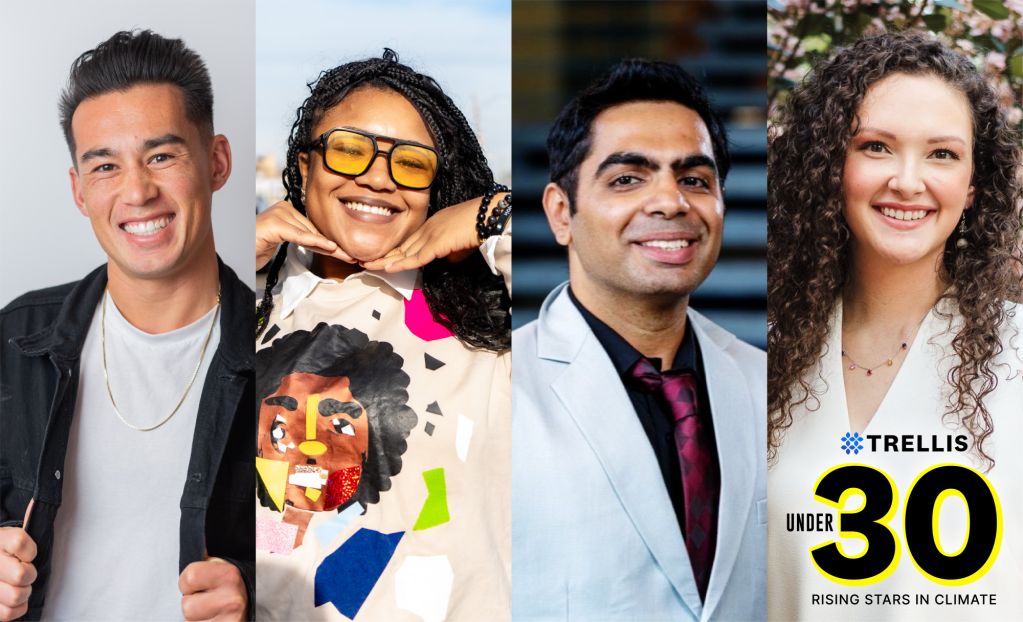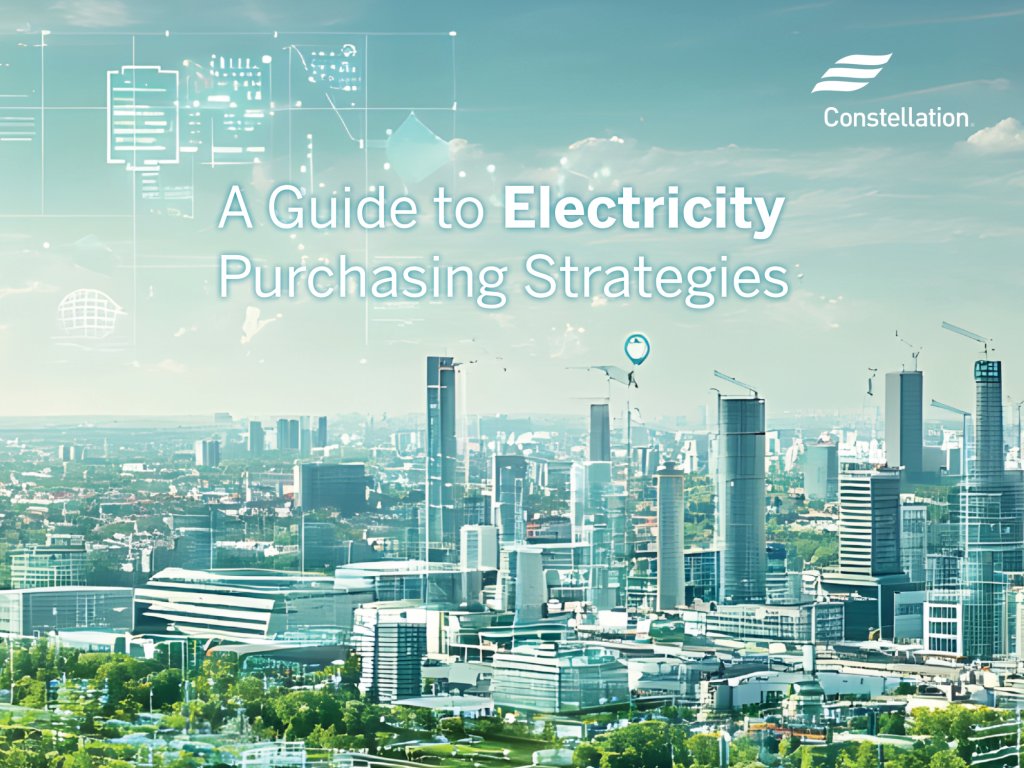For Google’s sustainability reporting, AI is a ‘game changer’
The company's lead for sustainability reporting shares insights — and tips — from his team's first time using AI tools. Read More

Google’s 2024 sustainability report doesn’t look different from its predecessors. It’s roughly the same length, for instance, and uses a similar design. But the report is notable for a reason that’s hidden from the reader: The 2024 edition is the first to be produced and published using AI tools.
The company was motivated to deploy AI because report creation is “incredibly ripe” for disruption, said Luke Elder, Google’s lead for sustainability reporting. Much of the information in a report is qualitative. It needs to be sourced from different parts of the organization, then translated into a single easy-to-access voice. The efficiency that AI tools can bring to these tasks, said Elder, is a “game changer.”
To learn more about how Google is using AI to create its sustainability reports, Trellis asked Elder to unpack what he did and share his tips. Here’s what he told us.
How reporting is structured at Google
Elder, who has been at Google for almost five years, leads the report process from his position on the four-person Sustainability Reporting Team, which sits under Chief Sustainability Officer Kate Brandt.
“I view the report and reporting teams more as the process than the deliverable,” he explained. Creating the report took roughly six months, but the work that underlies it feeds into other parts of the business, such as the teams responsible for sharing data with customers or those who handle compliance with the EU’s Corporate Sustainability Reporting Directive and other frameworks. More than 200 people are directly involved in creating the report and hundreds more feed information into it.
Turn many voices into one
The material that comes from these many sources needs to be assembled into a single report with a uniform voice. Elder says he keeps Gemini, Google’s generative AI chatbot, open at all times so he can use it for summarizing and editing.
He gives the example of wanting to include information from a paper on AI hardware, chip efficiency and greenhouse gas emissions — a document technical enough that a reader would need a Ph.D. to understand it. “We will throw that into Gemini and ask it to summarize it for an annual voluntary environmental disclosure with the tone of Google’s environmental reporting,” said Elder.
To assist the AI, Elder lets it know about the context in which the summary will appear, that it should have an introductory sentence as well as a conclusion and that it should fit into a broader narrative. Then the team iterates using different prompts “until we land on something that we like.”
Create custom systems
Once the right prompts are found, the next step is to build custom systems to save time. Most leading generative AI systems allow users to create tailored versions of their chatbots for specific tasks. ChatGPT offers the GPT Store, for example, where users can find customized versions of the chatbot designed to aid with everything from writing style to literature searches.
In Gemini, users can build “Gems” to execute specific tasks, which Elder’s team deployed for the first time this year. One result was an “environmental report writer” Gem, which was given instructions on tone, length and clarity. Elder’s team also uploaded resources to the Gem, including Google’s internal style guide, which explains how the company treats grammar, punctuation and other issues. “Then we can just prompt the Gem without needing to do all the prompt engineering,” said Elder.
Elder also noted that voluntary reports can contain hundreds of claims, submitted by hundreds of people, each of which needs to be vetted. Google has best practices for deciding whether a claim is solid, as well as examples of well-written claims, which Elder’s team used as the basis for a “claims verifier” Gem. Claims highlighted by the check included those that do not specify a timeframe or make hard-to-substantiate points, such as asserting that Google was the “first” or “best” at something. A human verifier can then examine the claim in more detail to see if it needs to be modified.
Use AI to open up access
The 2024 report was published in two forms: A conventional designed copy, available as a PDF download, and a version that can be queried via an AI chatbot. When Trellis took it for a spin, the bot did a good job of answering questions about Google’s emissions, waste and circular economy strategies. Notably, it was also open to highlighting areas of sustainability where Google is falling short.
Elder’s team created the AI report using NotebookLM, a Gemini-based tool that can answer questions about a collection of documents, videos and other sources chosen by the user. (Google’s rivals in the AI space, including OpenAI and Anthropic, offer similar products.) All AI chatbots are known to “hallucinate” erroneous results, but Elder noted that when his team assessed the results of NotebookLM answers to questions about the 2024 report they found the “vast majority were incredibly high quality.” The team has also created expanded versions of the system containing additional Google reports that can be used to identify information for other forms of ESG disclosure.
“We’ve created a peer benchmarking notebook where we’ve put all of our peer reports into one notebook,” said Elder. “We can query that notebook for peer benchmarking and say, what are these four companies’ Scope 2 emissions in the prior year? Did any of them use unbundled RECs?”
How to get started
Elder shared four tips to start integrating AI into your company’s report-writing process:
- Keep trying different prompts. Elder said he finds that “a lot of people will try a prompt and not get the best outcome, and then say, ‘Well, this isn’t going to work.’ In reality, you absolutely need to continue to iterate on identifying where you might need to adjust some of the instructions because I promise you, it can absolutely work.”
- Look for resources. It’s easy to just get started with AI, but taking time to learn from experts will accelerate your overall progress. Elder recommended Google AI Essentials on Coursera, and there are many alternatives, including options from IBM, Amazon and LinkedIn.
- Keep a human in the loop. Generative AI is constantly improving, but chatbots continue to make mistakes. Follow the citations provided by Gemini and other chatbots to check answers.
- Share what you learn. “We convene a group of other ESG reporting teams at Google on a quarterly basis,” said Elder. “We come together and share how we’ve been piloting different AI solutions; what’s working, what isn’t.”













